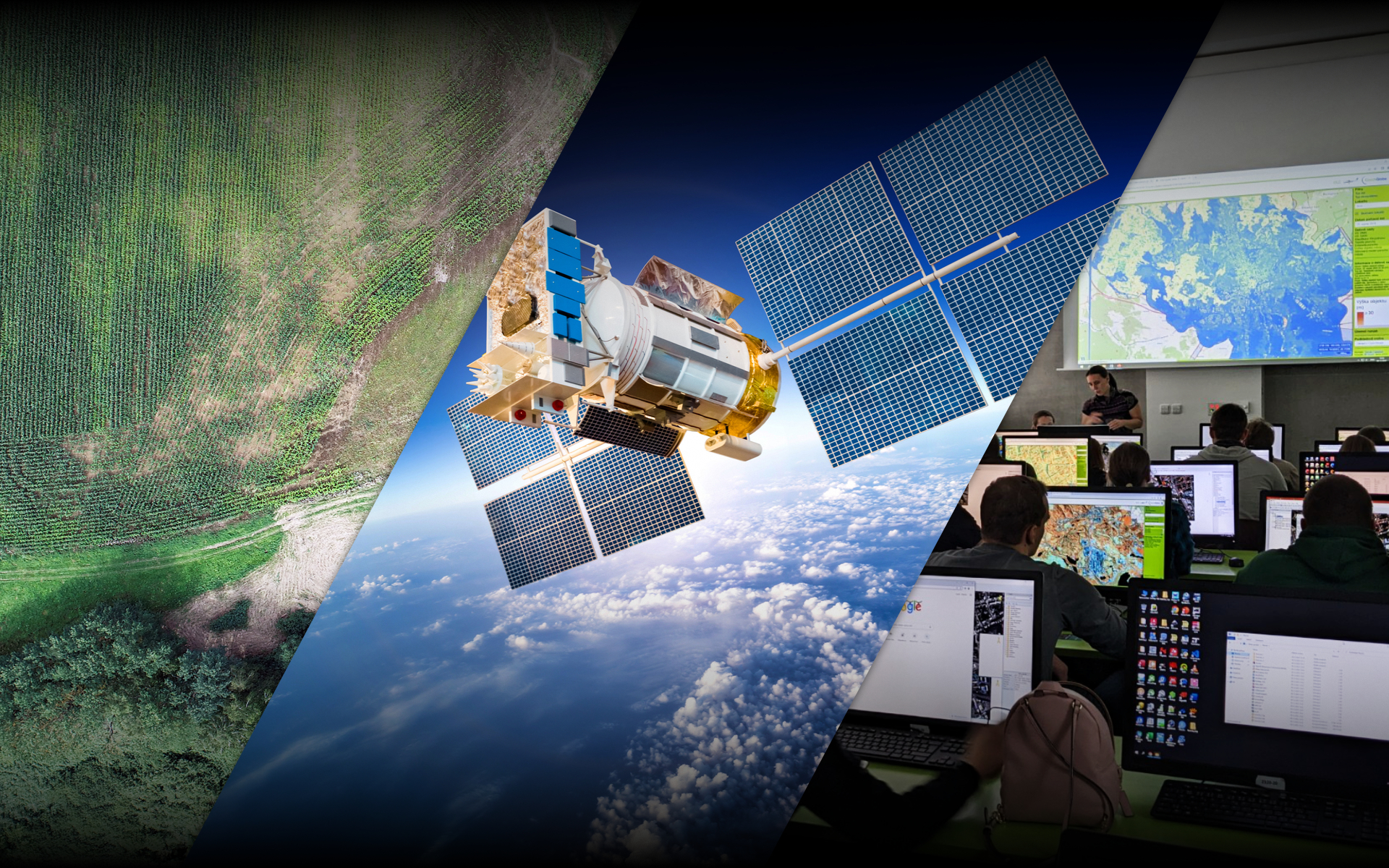Michela Perrone’s latest article about How flowering affects spectral diversity metrics and their relationship with plant diversity. 🌸🌿
Introduction: Challenges in Biodiversity Monitoring
Biodiversity monitoring, especially in dynamic ecosystems like grasslands, presents significant challenges due to the high costs and labor involved in traditional field methods. Recent research suggests that spectral diversity (SD), measured through remote sensing, could provide a promising and efficient alternative for biodiversity monitoring. This study explored how different SD metrics and the presence of flowering affect the ability to monitor plant species richness at a local scale in mesic grasslands in South Bohemia, Czech Republic.
Methodology: Assessing Different SD Metrics
The researchers examined six different SD metrics, some based on continuous values (e.g., standard deviation of NDVI) and others on categorical values (e.g., spectral species richness). Data were collected using UAVs equipped with high-resolution multispectral sensors (∼2 cm spatial resolution). The results showed that flowering significantly impacts the relationship between SD and plant diversity, particularly when continuous metrics are used, as these metrics are sensitive to extreme reflectance values. Conversely, categorical SD metrics, which are less influenced by extreme values, proved more stable in reflecting plant species richness, although the variance explained by these models remained low.
Findings: Other Factors Affecting SD-Plant Diversity Relationship
Despite the significant findings, many uncertainties remain. The study highlights that other factors, such as the presence of dead biomass, vertical structure, and species composition, also play a crucial role in the SD-plant diversity relationship. These factors can diminish the ability of SD to reliably predict biodiversity in natural and semi-natural grassland ecosystems. Another important finding was that changing the spatial resolution from 2 cm to 5 cm did not affect the relationship between SD and biodiversity, suggesting that using ultra-fine resolutions may not always be beneficial.
Conclusion: The Path Forward for Spectral Diversity in Monitoring
The research suggests that improving biodiversity monitoring methods through spectral data requires consideration of both spatial and temporal variables, such as phenological changes throughout the growing season. Future studies should also incorporate other influencing factors, such as total biomass and community structure. The goal for future research is to find an optimal balance between spatial and spectral resolution in remote sensing data to allow for effective and accurate biodiversity assessments in grassland ecosystems.
Summary: Spectral Diversity as a Promising Tool
This study confirms that, despite challenges and limitations, spectral diversity holds potential as a valuable tool for monitoring biodiversity in grasslands, provided the right methods and influencing factors are considered to improve measurement accuracy.
🌱🔍 #BiodiversityResearch #RemoteSensing
See the whole article HERE



